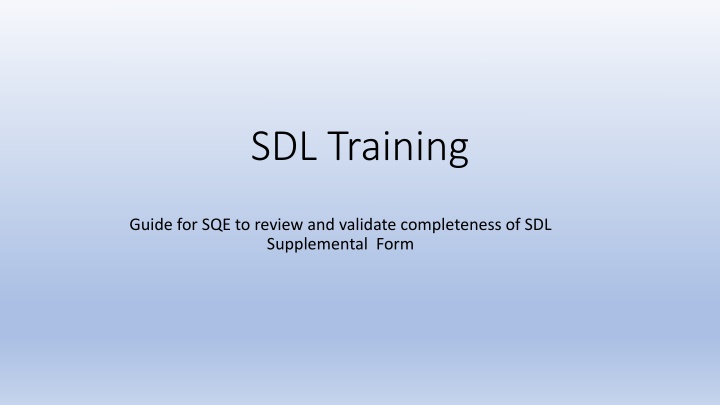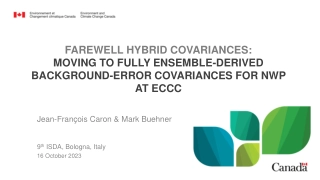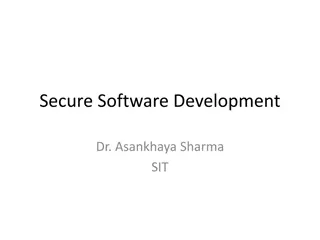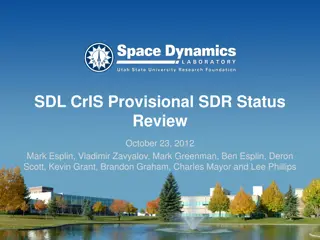
Guide for Reviewing and Validating SDL Supplemental Form
This guide provides detailed instructions for SQEs to review and validate the completeness of SDL Supplemental Forms. It covers various sections such as verifying supplier information, ensuring correct categorization, and checking part information and traceability. Reference documents and image objects are also included for clarity.
Download Presentation

Please find below an Image/Link to download the presentation.
The content on the website is provided AS IS for your information and personal use only. It may not be sold, licensed, or shared on other websites without obtaining consent from the author. If you encounter any issues during the download, it is possible that the publisher has removed the file from their server.
You are allowed to download the files provided on this website for personal or commercial use, subject to the condition that they are used lawfully. All files are the property of their respective owners.
The content on the website is provided AS IS for your information and personal use only. It may not be sold, licensed, or shared on other websites without obtaining consent from the author.
E N D
Presentation Transcript
SDL Training Guide for SQE to review and validate completeness of SDL Supplemental Form
Reference Documents: Appx QX, rev. 10 PI-002 (pgs. 5 & 6) SQM User Guide (pg.24)
Section 1 Category: Verify supplier has checked the correct Category or N/A Section 2 Supplier Information: Verify suppliers' information is same as in the LM Purchase Order Section 3 Multi Program Impact: Ensure that an SDL is entered into SQMS for each program impacted Section 4 Part Information and Traceability: Ensure that criteria used to determine the bounding is provided i. If the disclosed population is provided via attachment, ensure all requested fields are included. ii. Confirm the total quantity of for all P/Ns is equal to the amount entered in the SQMS entry form.
Section 5 Statement of Condition: i. "Should be" condition - Ensure that the relevant document numbers are provided. (i.e., Drawing page # and zone location are helpful should a MS request be needed for containment) ii. "Is" condition - Ensure that how the part deviates or potentially deviates from engineering requirements is clearly stated. Ensure that actual measurement values are included when possible. This helps LM gauge the degree of failure. Section 6 Discovery: If the supplier has selected "Yes," ensure that the applicable documents are listed. Section 7 Product Capture: Ensure that the supplier has answered whether product has been delivered to any other customers with the potential to affect LM. If yes, then the supplier needs to also notify that customer and list that action in this section.
Section 8 Part Source: If the non-conformance occurred at a facility other than what is on the Purchase Order, verify the sub-tiers information is filled out, including POC. Section 9 Inspection: List if there are any Inspection Methods or Test Procedures which LM can use to identify this condition on items in our possession. For supplier designed items: Section 10 Engineering Engagement: Ensure that an LM Engineering POC is provided (not an SQE or SQM Integrator). Section 11 Recommended Disposition: Ensure that the supplier's engineering analysis is attached in the SQMS portal.





